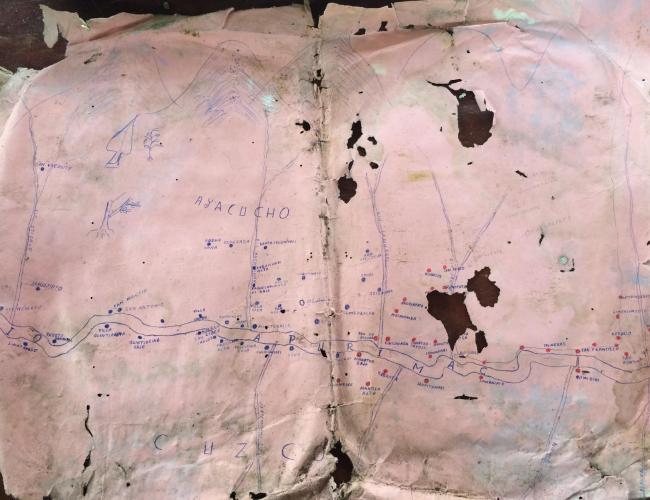Memories from no-man's land: Archives of the Peruvian self-defense militias
The Peruvian armed conflict (1980-2000), ignited by communist rebels of Shining Path, put local communities at risk of both guerrilla attacks and state forces. This project will document records of the Pichiwillca militia, one of the self-defense militias established by the Peruvian peasantry.

| As a result of the Peruvian internal armed conflict, local peasants set up self-defence militias in order to protect themselves against the Maoist rebel group, the Shining Path, as well as against the repression of state forces. This project will conduct a survey on the archive of the Pichiwillca self-defence group, located in the Ayacucho jungle. The archive documents the everyday organization, internal communication, strategies and intelligence services between the group’s headquarters and base committees. |
Project Details
Location: Peru, South America, Americas
Organiser(s):
Modern Endangered Archives Programme (MEAP)
Project partner(s): Centre for Conflict Studies, Philipps University Marburg;
Archivo de la Sede Central del Comité de Autodefensa del Valle Apurímac-Ene (Peru)
Funder(s):
Arcadia
Funding received: $15,000.00
Commencement Date: 02/2021
Project Status: Active
Project owner? Update this project
